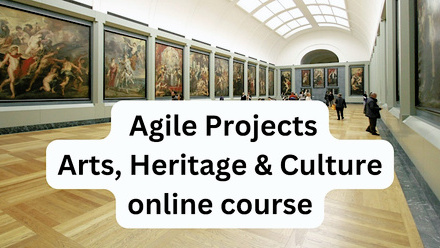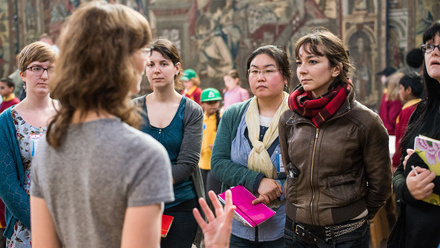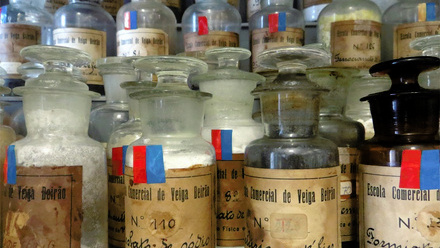The Russian avant-garde has become one of the most frequently faked art movements on the art market. While in the 1960s through the early 1990s, the lack of proper expertise defined the situation, the collapse of the USSR brought the hope that increased access to museum collections and archives would improve authentication.
However, this change never materialized. The late 1990s saw a flood of forgeries, many of which even made their way into museum exhibitions. High-profile scandals, such as the SNZ Gallery case in 2013 and the Toporovsky "collection" exhibition in 2017, shook the art world but failed to curb the spread of fakes.



